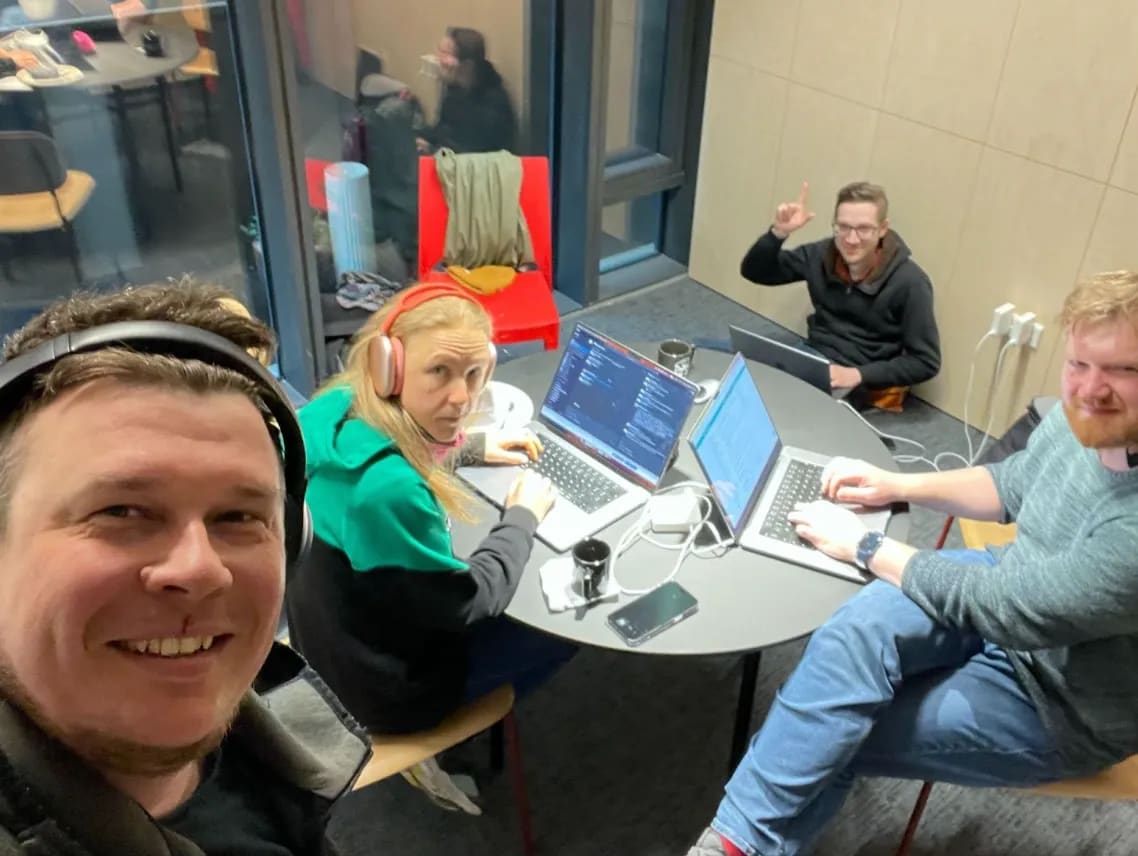3 Tips for a Successful Hackathon

Roberto Milev

Navan’s chief architect shares highlights from the company’s recent AI hackathon — and tips to plan your own.
Navan’s recent hackathon brought together 28 teams from across North America and EMEA to tackle the latest challenge in our industry: How to leverage ChatGPT’s capabilities to benefit our customers and the company as a whole.
The atmosphere was electric as everyone gathered to share ideas, collaborate, and push the limits of what was possible. Over the course of the event, we saw some truly innovative solutions emerge, driven by a willingness to experiment with new technologies and approaches.
Teams worked over two days to hone their ideas and bring them to life. By the time the presentations came around, the judges were blown away by the level of creativity and technical prowess on display. In the end, winners were named and prizes were distributed — but the true reward was the knowledge gained and the relationships formed.
Navan’s AI hackathon showcased the best of what we can achieve when we come together and aim for greatness. I’d like to keep that collaborative energy going by sharing a few tips that proved instrumental in making our hackathon a hit.
Whether you’re organizing your first hackathon or looking for ways to improve your next event, these tips can help you create an engaging and productive experience for all participants. Get ready to take your hackathon to the next level!
1. Define clear objectives and themes.

A team working on their hackathon project in Amsterdam.
2. Encourage cross-functional collaboration.
3. Provide ample resources and support.

Above: U.S. hackathon participants take a break from their projects for dinner.
Bonus Tip: Have fun!
Organizing a successful hackathon can greatly benefit your company because it fosters innovation, collaboration, and camaraderie among participants. It can help build stronger teams and drive creativity — and it could lead to some groundbreaking revelations.
Remember, the key to a successful hackathon lies in striking the right balance between structure and freedom, allowing participants to develop game-changing ideas that leave a lasting, positive effect on both your team and your company.
This content is for informational purposes only. It doesn't necessarily reflect the views of Navan and should not be construed as legal, tax, benefits, financial, accounting, or other advice. If you need specific advice for your business, please consult with an expert, as rules and regulations change regularly.
More content you might like
Take Travel and Expense Further with Navan
Move faster, stay compliant, and save smarter.